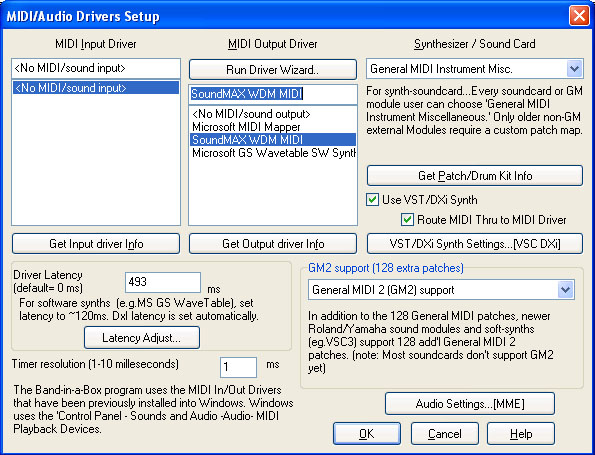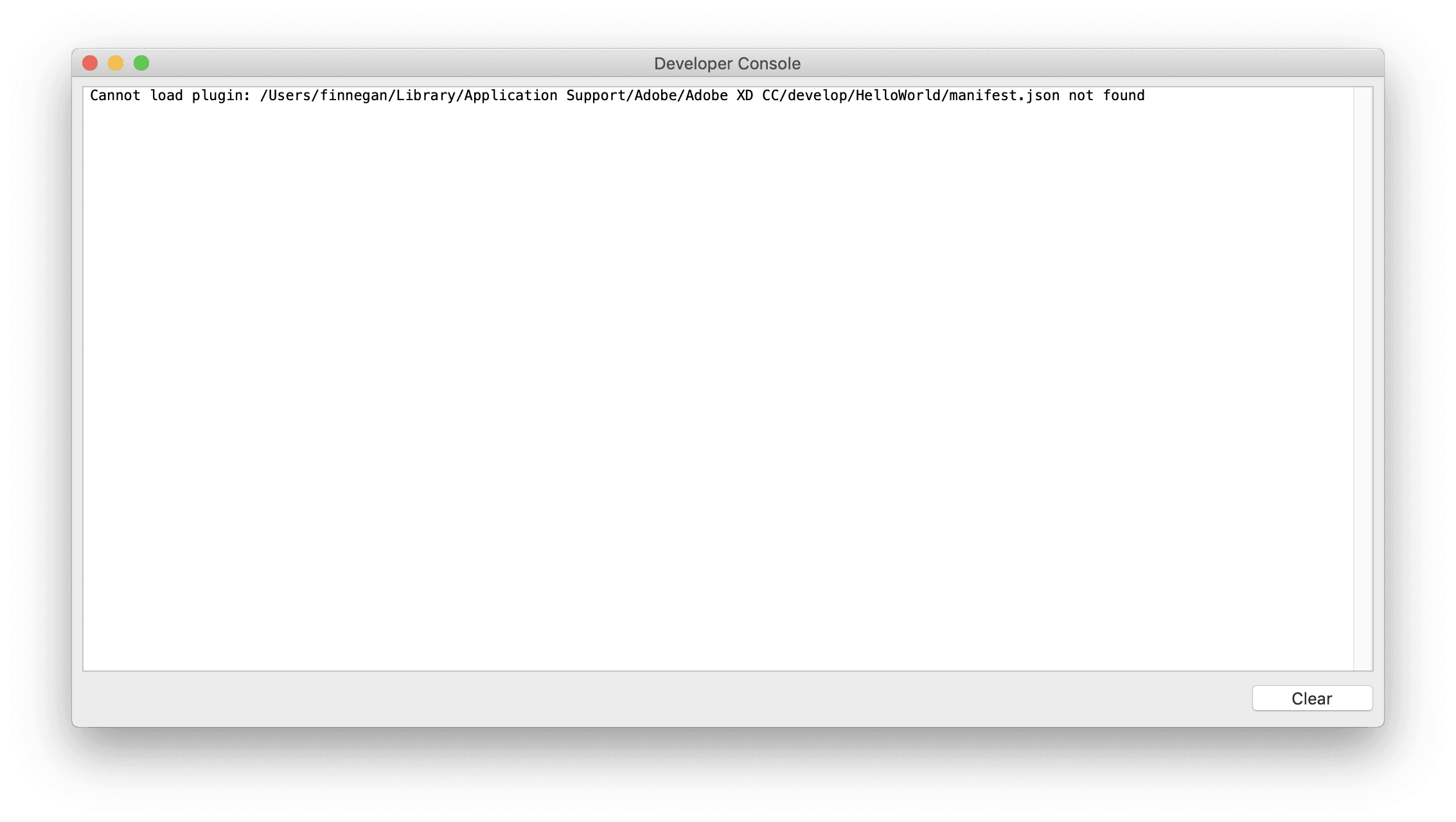

#Failed to load microsoft midi mapper windows
(not available in Windows earlier than Windows 95) allows the user to apply Instrument Definition Files thus remapping your Polyphony or because some cards are better suited for certain sounds, etc). It actually supports having the various MIDI channels going to different devices (which the user may desire for more So when using the MIDI Mapper, although your program outputs to only one "device", Wavetable on his Turtle Beach sound card. Go to the built-in wavetable module on his Creative Labs sound card, and all MIDI events on channel 2 to go to the built-in Up the 16 MIDI channels among several of the real MIDI Outputs, for example, he could set all MIDI events on channel 1 to Setup (not available in Windows 2000/NT/XP) to split

Or, he can use the "Custom configuration" To a single MIDI Output (ie, one of the real MIDI Outputs in Windows' list). This Control Panel utility lets him route default MCI MIDI Output User has made in Control Panel's Multimedia MIDI page. So what MIDI Output is the MIDI Mapper attached to? Well, that depends upon the settings that the (Ie, If you enumerate the devices in that list, you won't come across the MIDI Mapper).

For output, there is also the MIDI Mapper. Recall that Windows maintains separate lists of the devices which are capable of inputting MIDI data, and theĭevices capable of outputting MIDI data. How does your program choose a MIDI device for output? There are several different approaches you can take,ĭepending upon how fancy and flexible you want your program to be. Opening the default MIDI device for output You open it, you read or write to it, and then you close it. Then, Windows will subsequently pass your program each incoming MIDI message fromĪfter you're done inputting or outputting to a device (and have no further use for it), you must close that device. In order to read incoming MIDI data from a particular device, you need to first call midiInOpen() once, passing it

(immediately) outputs MIDI data to that device. Then, you can subsequently call a function such as midiOutShortMsg() which In order to write out MIDI data to a particular device, you need to first call midiOutOpen() once, passing it theĭevice ID of that desired device. Note: Finale does not have this behaviour.Using the Low level MIDI API, you need to first call midiOutOpen() or midiInOpen() to open some MIDI device for This happens with my player (MidiAndMusicXmlPlayer) and with Windows Mediaplayer. BASS_ERROR_BUFLOST: The sample buffer was lost. The error message that comes from VirtualMidiSynth is: "Error Opening MIDI-stream. Who is to blame? I think it is MuseScore, that somehow takes over the interface and does not restore it. But this has changed, VirtualMidiSynth does not stop and must be terminated (forced) by the taskmanager. Until the new version of VirtualMidiSynth this was no problem - starting playing VirtualMidiSynth did a reset on the interface. Somehow MuseScores make the MIDI-interface crash. Then play it - maybe change it again with MuseScore, save and play the MusicXML-file. I use to make the note sheet with MuseScore, then save as MusicXML.
#Failed to load microsoft midi mapper update
After last update of VirtualMidiSynth 2.1 from Coolsoft, working with MuseScore has been very annoying.


 0 kommentar(er)
0 kommentar(er)
